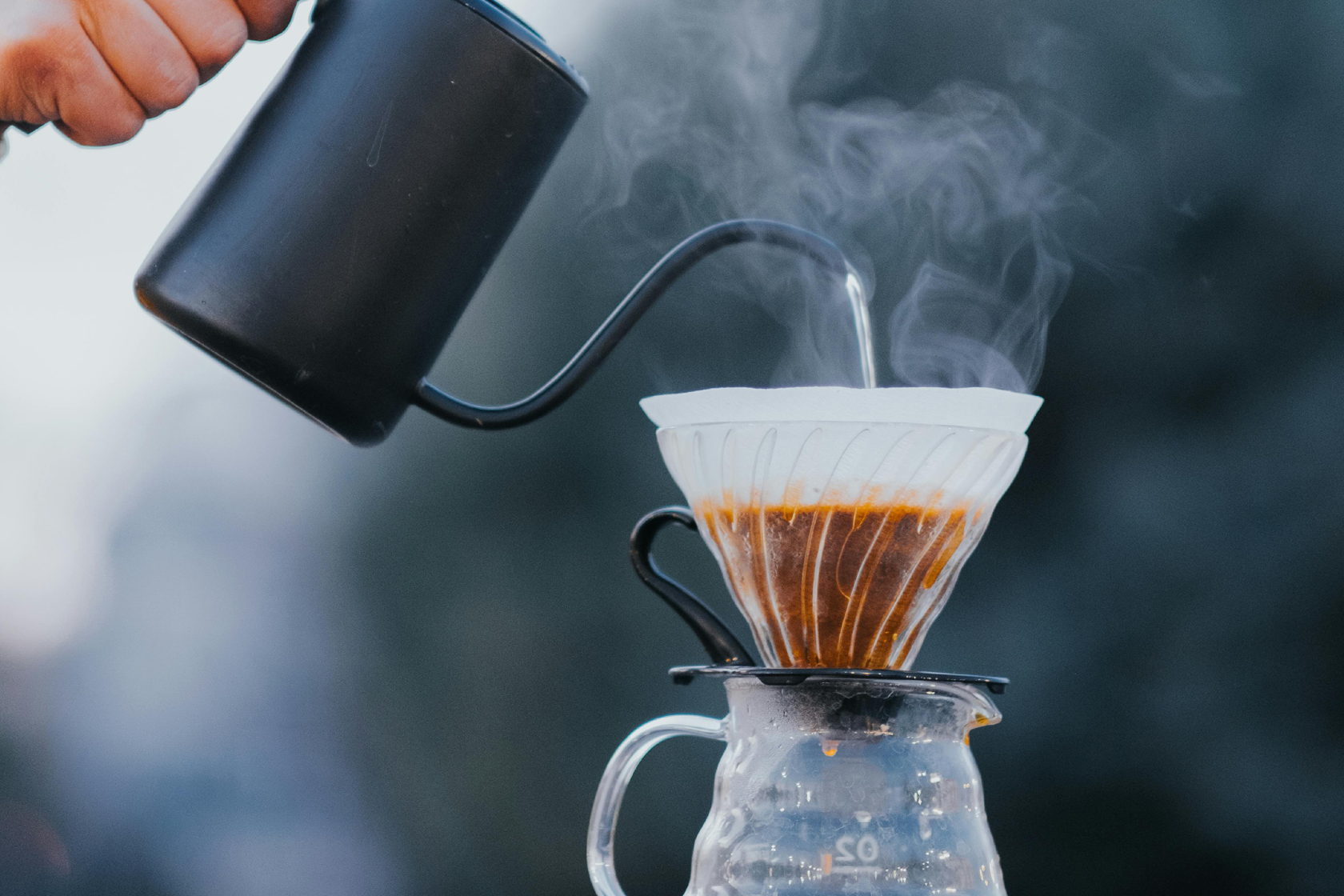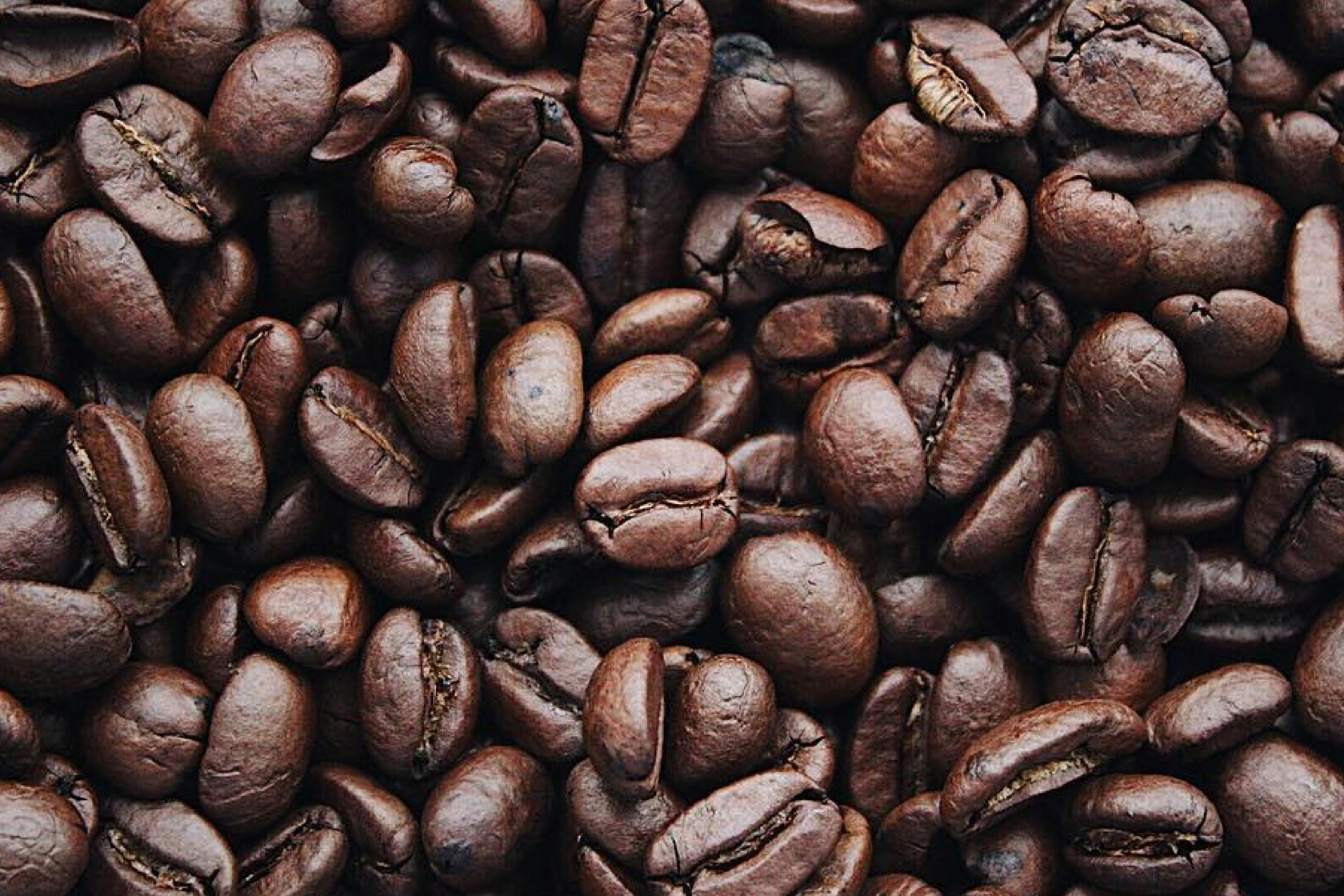Arabica vs Robusta
Arabica vs Robusta are the two most common types of coffee beans, and they differ in various ways, including their taste, appearance, growing conditions, and caffeine content. Here’s a breakdown of their key differences:
1. Taste
- Arabica: Known for its smooth, mild flavor with a range of complex flavors, Arabica beans often have hints of fruit, floral notes, and sometimes chocolate. It’s generally less bitter.
- Robusta: Robusta beans have a stronger, more bitter flavor, often described as earthy, woody, or nutty. They tend to have less complexity than Arabica beans.
2. Caffeine Content Arabica vs Robusta Coffee Beans
- Arabica: Contains less caffeine, typically around 1.2% by weight.
- Robusta: Contains more caffeine, around 2.2% by weight, which contributes to its stronger, more intense flavor.
3. Shape & Appearance Arabica vs Robusta Coffee Beans
- Arabica: The beans are oval-shaped, with a curved crease on one side. They are usually larger and more elongated.
- Robusta: Robusta beans are smaller, rounder, and have a straighter crease. They tend to have a rougher texture.
4. Growing Conditions
- Arabica: Grows at higher altitudes, between 2,000 and 6,000 feet, and requires cooler temperatures. It is more delicate and susceptible to diseases and pests.
- Robusta: Grows at lower altitudes and can withstand hotter climates. It is more resistant to diseases and pests, making it easier to cultivate in harsher environments.
5. Cost
- Arabica: Generally more expensive due to its more complex cultivation requirements and the time-consuming process of harvesting.
- Robusta: Typically cheaper to produce and buy because it is hardier and yields more per plant.
6. Geographical Distribution
- Arabica: Grown primarily in Latin America (Brazil, Colombia) and parts of East Africa and Asia.
- Robusta: Grown mainly in Africa (especially in countries like Vietnam, Indonesia) and Southeast Asia.
7. Aroma
- Arabica: Tends to have a more aromatic fragrance, with floral and fruity undertones.
- Robusta: The aroma is often stronger but not as complex, with a more earthy or grainy smell.
8. Acidity
- Arabica: Typically has higher acidity, contributing to its bright and fruity flavor profile.
- Robusta: Lower acidity, which can make the coffee taste flatter and more earthy.
9. Uses
- Arabica: Often used in premium coffees, espresso blends, and high-end specialty coffees.
- Robusta: Frequently found in instant coffee, lower-end coffee blends, and some espresso blends, where its higher caffeine content provides a stronger punch.
In summary, Arabica beans are known for their refined taste, lower caffeine content, and higher price, while Robusta beans have a bolder, more bitter flavor, higher caffeine content, and are more affordable and resilient to growing conditions.


